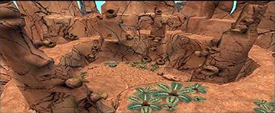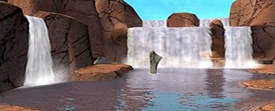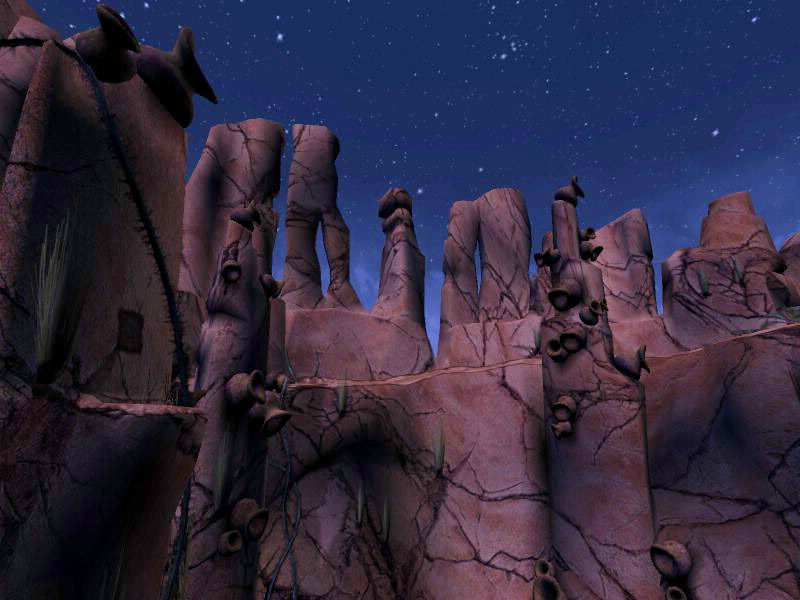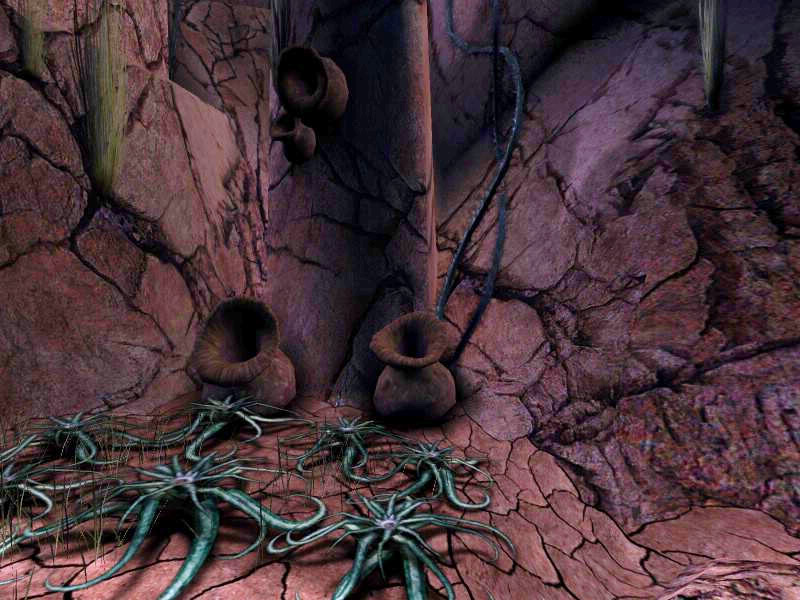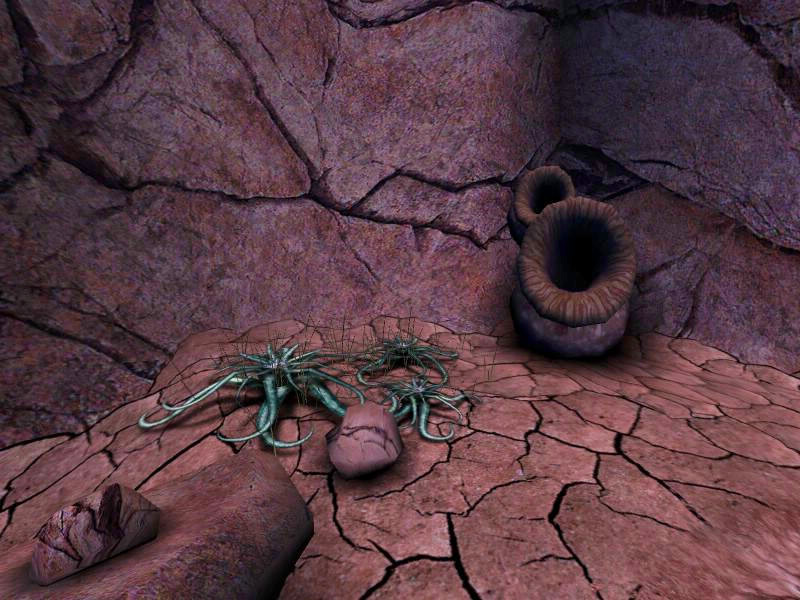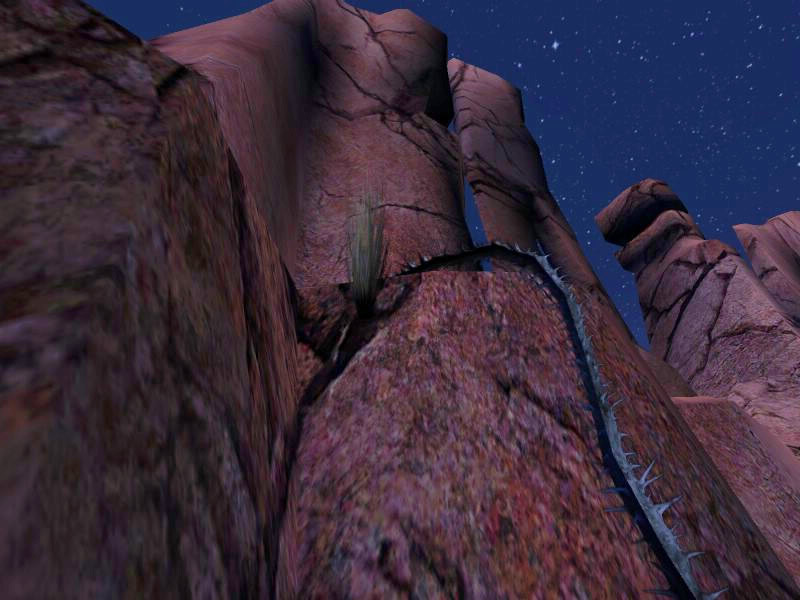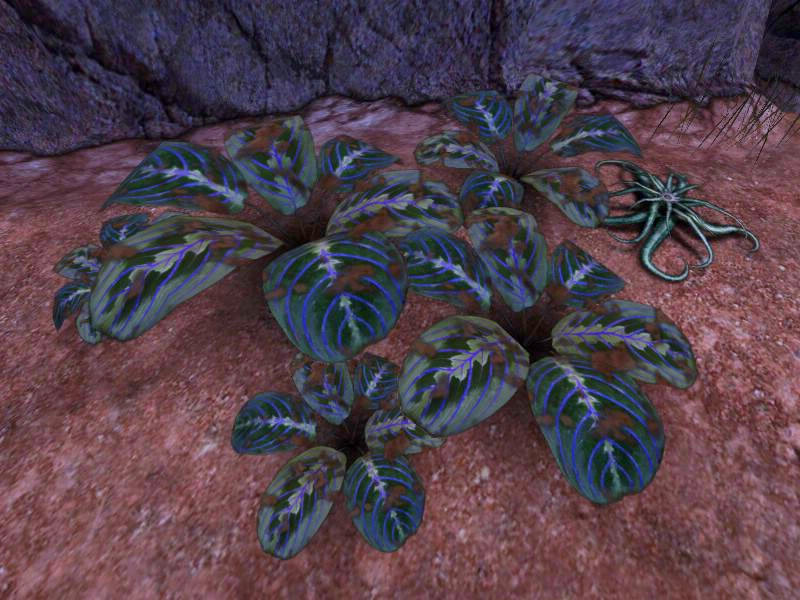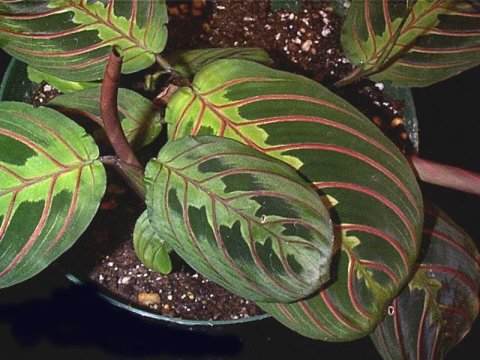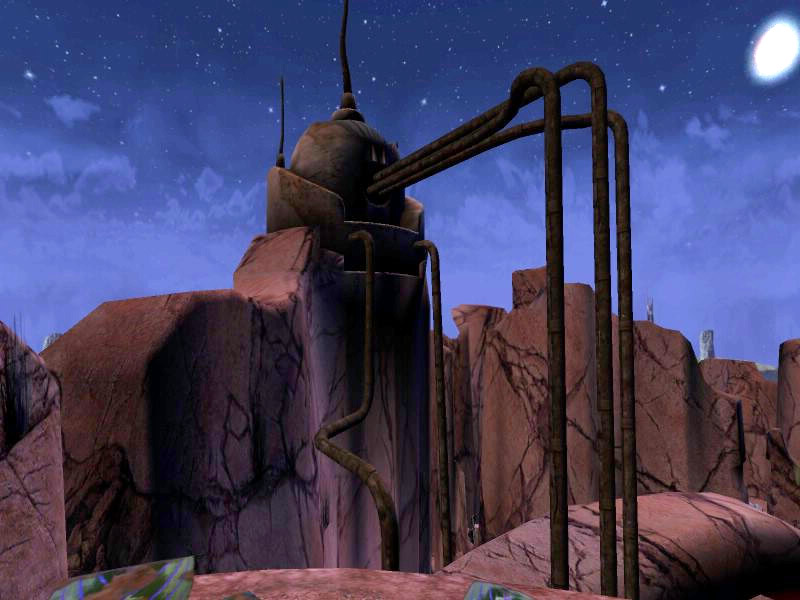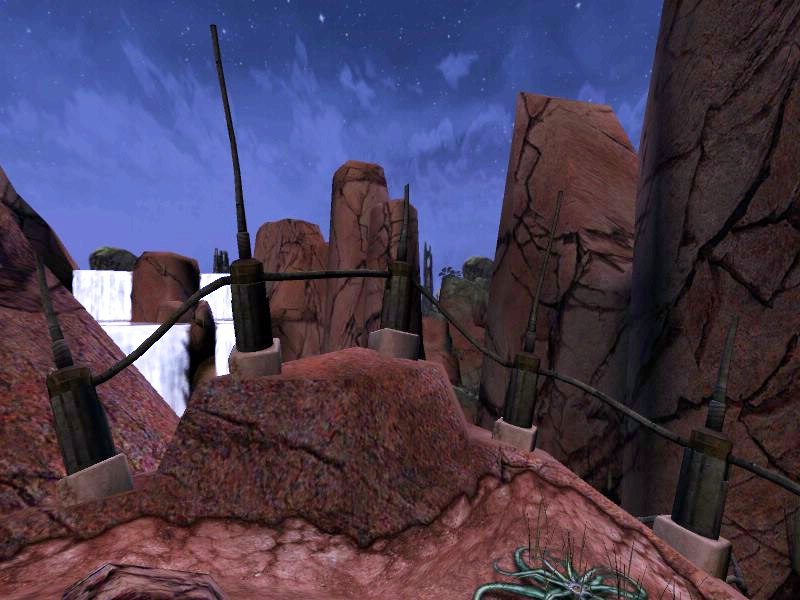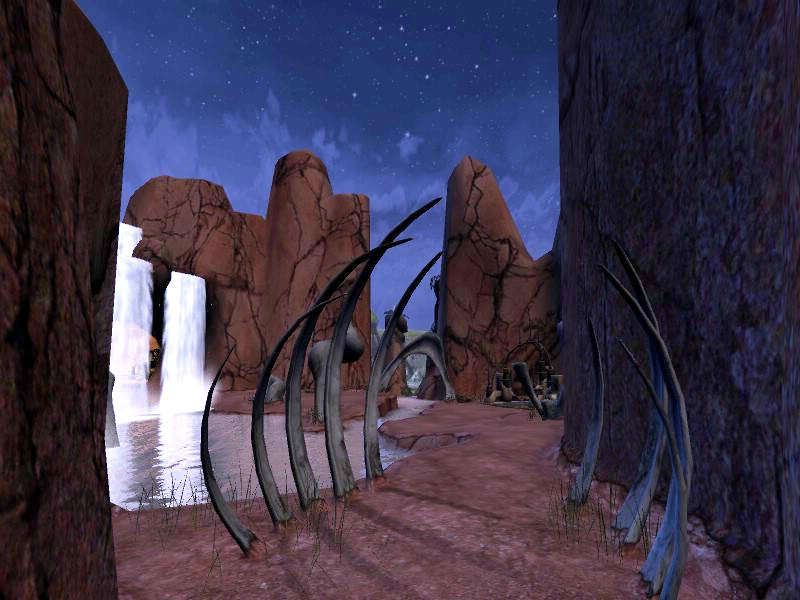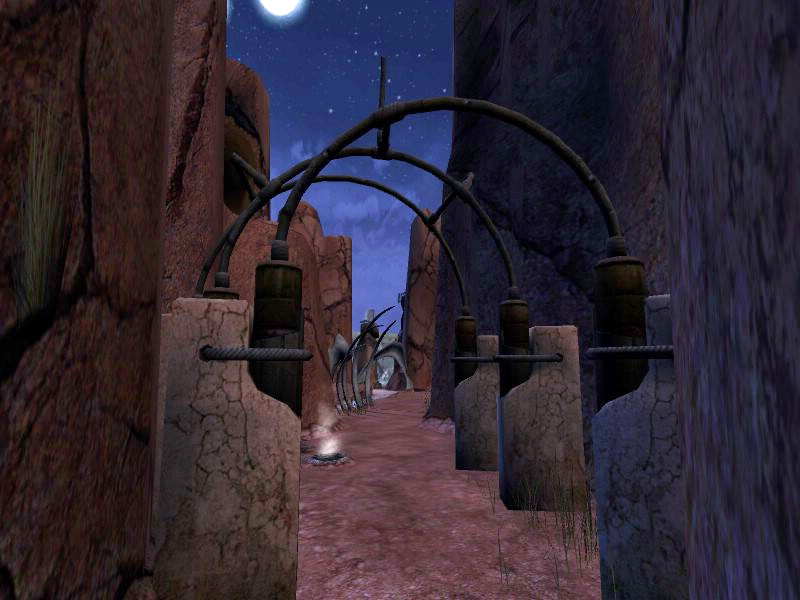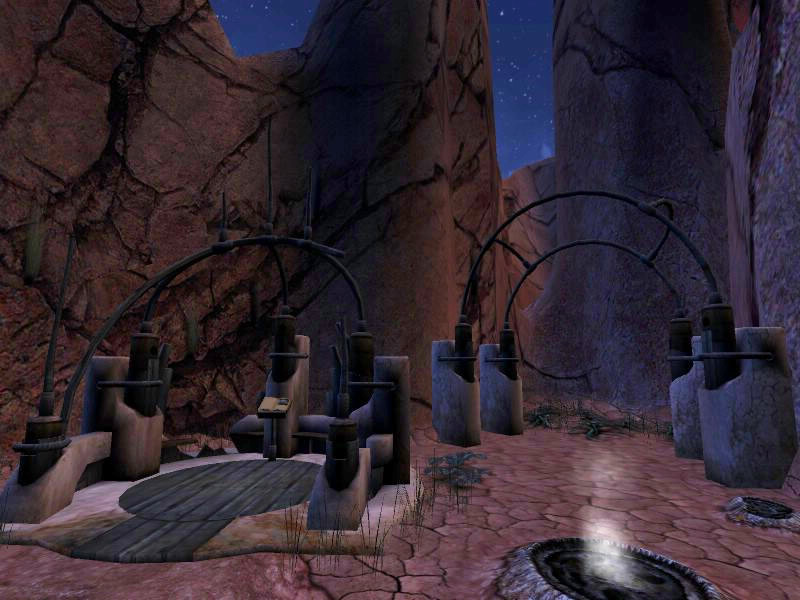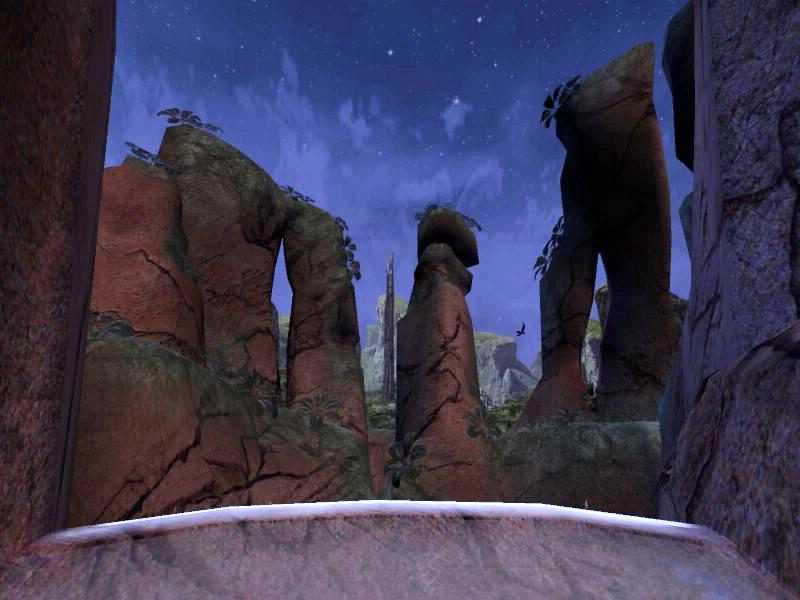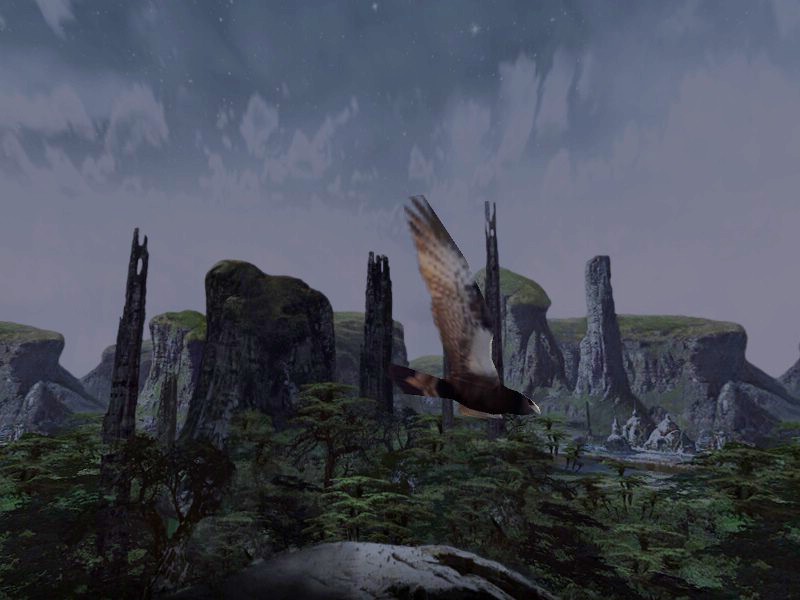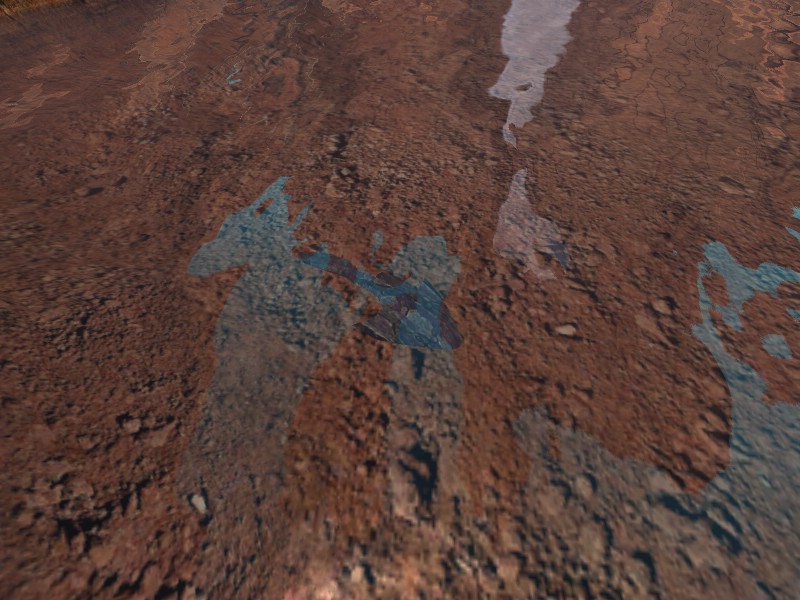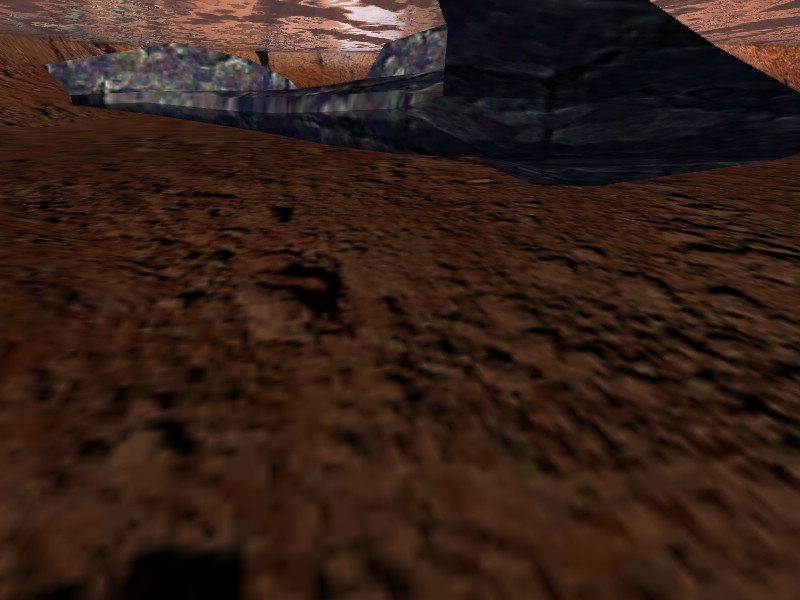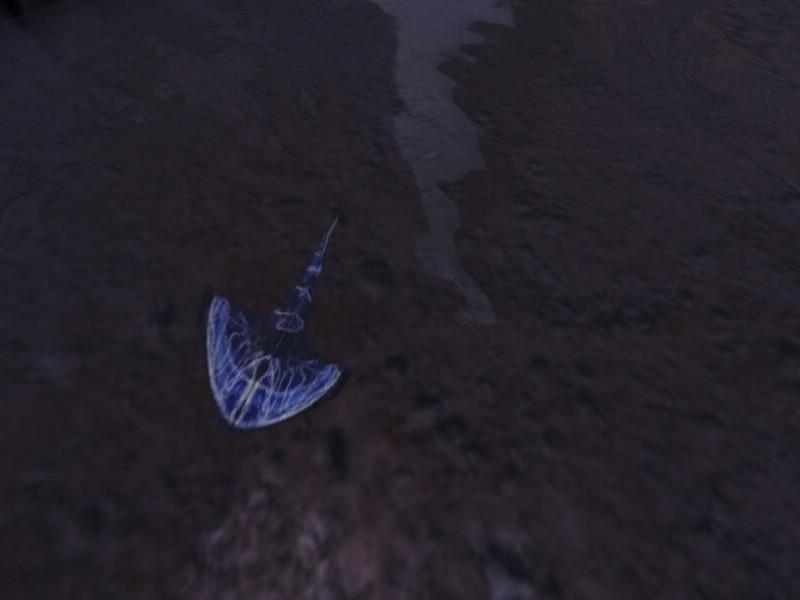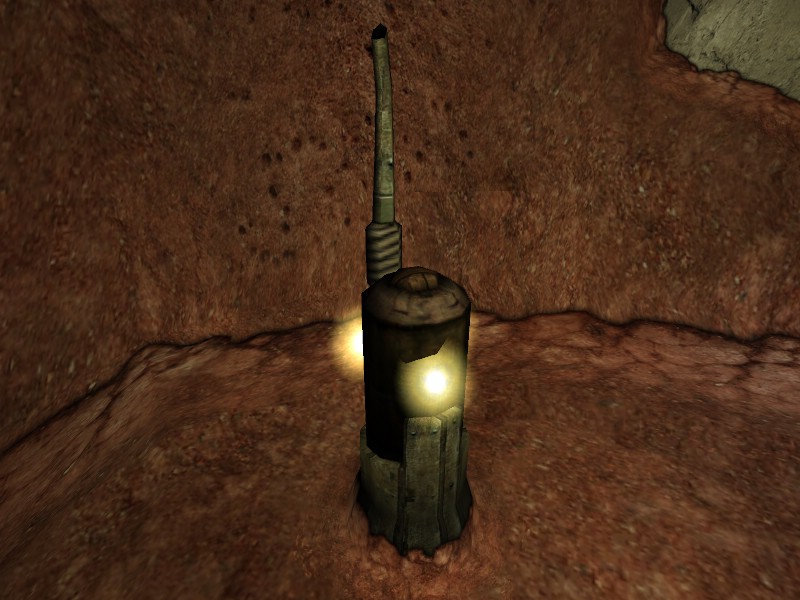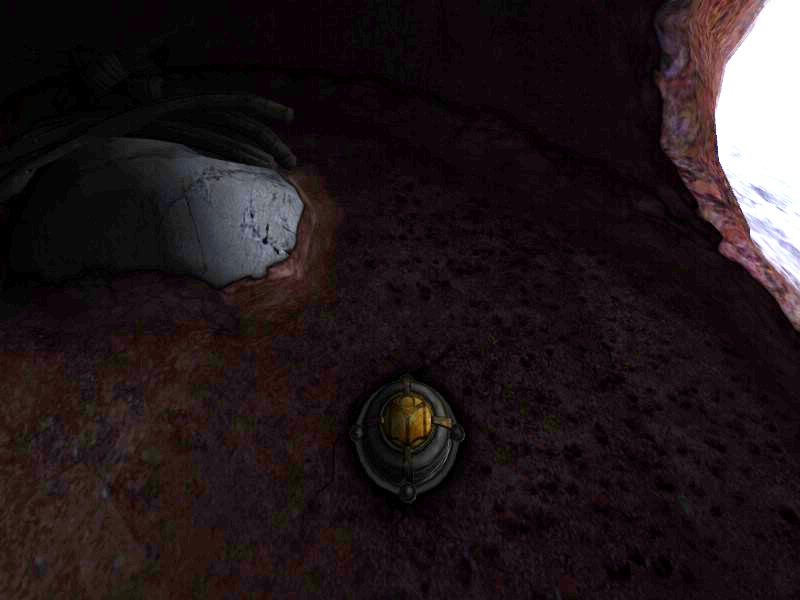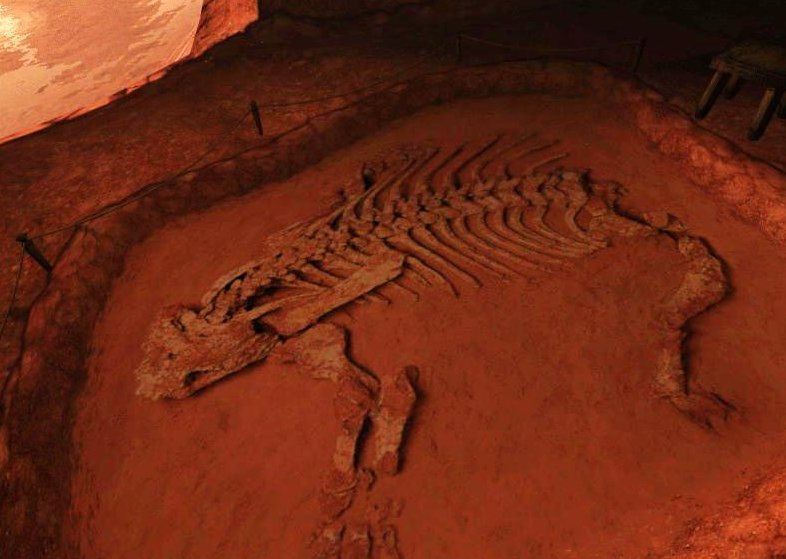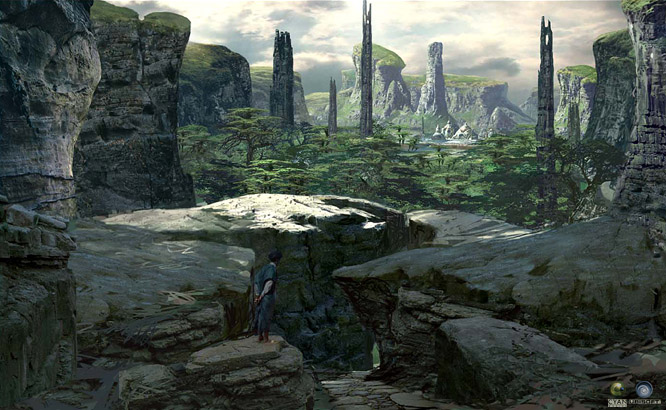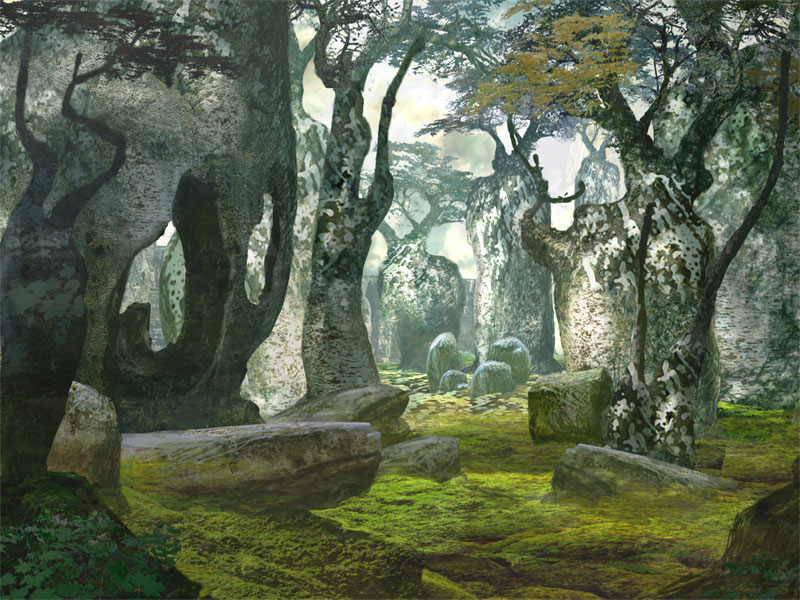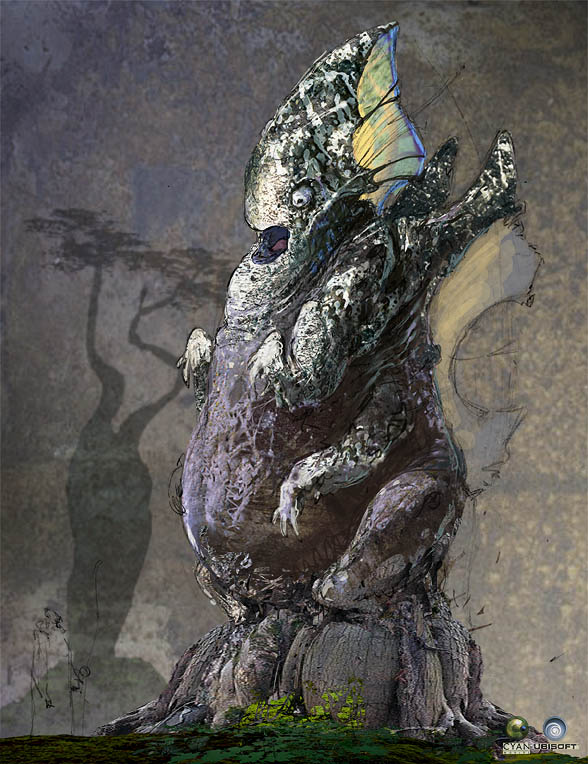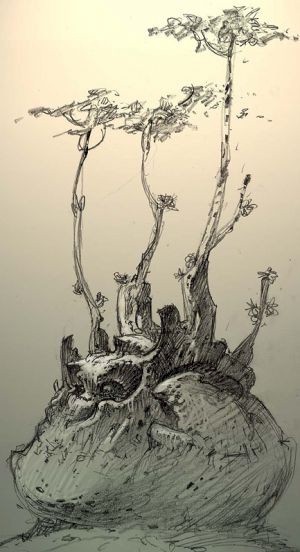

|
|
Gira I: "Eder" means "rest" or "sleep", and the term is used in the names of two different types of Age or place. When used for Ages, an eder is a place to visit that is entirely different from the D'ni Cavern, and was intended to refresh the spirits of people who saw unvarying rock walls every day of their lives. The other type of eder, the eder tomahn, is a waystation where a traveler can sleep. "eder tomahn" translates as "rest house". Eder Gira was written during the garden binge of D'ni century 8100. Copies of the Eder Gira linking book were intended to be posted in public linking libraries, but that didn't last long at all. The Maintainer survey team discovered that the Age was inhabited and had archeological artifacts. That made it off-limits under D'ni law. Instead, the linking books were given to various scientific study groups. The result was that this "rest" Age had few visitors other than Maintainers and scientists. This is the DRC note about the Age.
Eder Gira is one of the few Ages explorers can access that has a recognizable day and night. The entire cycle takes ten hours, which means the planet has a fast rotation. It also has two moons which are very bright, so nighttime would be considered twilight on other worlds. The area one first arrives in is called Upper Gira, and is half of Gira I, the area that makes up the garden. Gira I is a caldera surrounded by walls of volcanic stone, possibly felsites. The entire region is similar to Yellowstone in the USA, in that it all appears to be sitting over a gigantic volcano that has been remarkably stable, not having erupted in thousands or perhaps even millions of years. Yet fumeroles and flowing magma prove that it is very active. Why it is so stable is a mystery. It has been so long since the last time the volcano erupted that erosion has carved the caldera rim into fantastical shapes.
Here you can see three of the six main types of plants. All are hardy and drought-resistant, like cactus and desert grasses. The bulbous one is a type of Pitcher Plant, which supplements poor soil by trapping insects and digesting them. There is are two types of grass, a hardy type that grows in clumps and often sprouts from the walls of the caldera, and another type that grows as scattered single blades above ground. There is also a drought resistant vine covered with thorns.
This picture shows the other type of grass, pitcher plants, and a succulent that seems to be similar to cactus, in that the stems serve the same function as leaves on other plants.
Here is a close up of a tuft of grass and a vine.
The last type of plant found in the caldera is this six-leaved variety. The leaves have a waxy coating to reduce moisture loss. Explorer Moose 2 found an analog on Earth called the red-veined prayer plant (Maranta leuconeura). By that naming scheme, this would be a blue-veined prayer plant.
Here is the electric generator. Water is pumped down the outer pipes into the magma, and steam comes up the inner pipes to drive a turbine. Electricity was probably broadcast through the air, the way Nikola Tesla wanted to do on Earth. The large antennae on the top of the generator structure would have been used for that purpose, if correct.
This antenna array near the edge of Lower Gira probably received the broadcast power from the generator, and rebroadcast it to the devices below it.
Lower Gira is the second half of the eder, and is very different in character from Upper Gira. It has an abundance of water, and there is a different kind of grass growing. There are also many fossilized bones exposed to the air in Lower Gira. These bones offer a clue to just how old this stable volcano is—they were uncovered by erosion.
No one knows what these devices were meant to do. They predate the D'ni arrival, and were one of the reasons the Maintainers disqualified the Age for public use. Note the antennae on top of the structures, probably used to receive broadcast power from the steam generator. The linking book to Eder Kemo in the second picture was placed here by Yeesha as part of her quest, not by the D'ni or the DRC.
This is one of the better views of Gira II. Note the stone buildings in the distance. Also in the distance in that same direction, you can see a bird the D'ni Zoological Society called a forest hawk. However, It appears to be identical to the zone-tailed hawks near the Cleft in New Mexico, and is possibly an import. There are two that have territories in this area. The other bird's territory is directly above Lower Gira, and if you look straight up you can see it circling. It's very possible that Gira II was intended to be accessed by a bridge across this chasm.
A close up of the Forest Hawk.
The fish traps you find in Lower Gira weren't for catching dinner. They were used by D'ni scientists studying the Gira Ray. Gira Rays appear drab during the day, but at night they show bioluminescent colors. It's well worth seeing. A ray as seen through the water.
Here's a look at that same ray from under the water's surface. This shows the complex colors that cannot be distinguished from above the surface.
And finally, a look at the ray at night, from above the water.
The steam lamps were most likely to have been made by the Age's inhabitants, and I surmise that they draw burnable vapors from volcanic fumeroles. They are a remarkably resilient form of lighting, and still work perfectly long after the area was abandoned. They give off steam as a by-product when lit, which is what gives them their name.
This is the Age's Maintainers mark.
The caves of Lower Gira are natural, formed by lava flow and erosion. It is not known why the natives placed the steam lamps in them, but the D'ni used them for equipment storage. Somewhere in Gira there is or was a cave that held a special fossil, of a creature that is called a choru in the documentation. The cave that holds it does not seem to be in an area that explorers can reach. Possibly it was somewhere out in Gira II.
Gira II: Gira II is the world outside the garden area. The DRC was going to explore it with an eye toward releasing it for general access, but the project was abandoned when their funds ran out. If you could get past the chasm, this is the path down that you would find. The entire area still lays atop the Gira super-volcano, and there are supposed to be steam vents scattered across it.
The world of Gira has some of the most unusual life ever found in an Age. For some of the creatures, the line between flora and fauna is nonexistent. The creatures begin in the way they do on other worlds, as mobile life forms. Then one day, they settle on a spot and slowly transform into trees. Here are artist's sketches of two animals that have begun the process.
|
Myst, the Myst logo, and all games and books in the Myst series are registered trademarks and copyrights of Cyan Worlds, Inc. Myst Online: Uru Live is the sole property of Cyan Worlds Inc. The concepts, settings, characters, art, and situations of the Myst series of games and books are copyright Cyan Worlds, Inc. with all rights reserved. I make no claims to any such rights or to the intellectual properties of Cyan Worlds; nor do I intend to profit financially from their work. This web site is a fan work, and is meant solely for the amusement of myself and other fans of the Myst series of games and books. |
